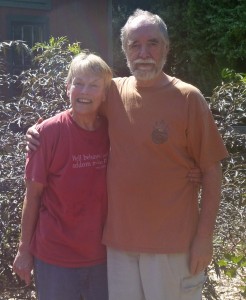Lughnasa New (State Fair) Moon
Life seems to run from one irony to another, offering a wry twist often when you least expect it. This irony is not one of those. It’s been building for about 19 years, but it has begun to peak. The irony is this. The U.S. like the rest of the world, continues to urbanize with central cities beginning to outstrip ‘burbs. “In 2011, for the first time in nearly a hundred years, the rate of urban population growth outpaced suburban growth, reversing a trend that held steady for every decade since the invention of the automobile.”*
What’s the irony here? Now I find myself willing to defend the suburban or, in my case, exurban experience. Why is that ironic? Because I spent 24 years living in Minneapolis and St. Paul deeply involved in all manner of urban politics, working as an urban minister and eventually in charge of urban ministry for the Presbytery of the Twin Cities Area. Though raised in a small town, I made the transition to solidly urban guy. It was my profession, the city.
Cities burst with energy, offer sophisticated amusements, diverse places to live, a variety of foods to eat and the sort of jostling with others that sparks creativity. They also make obvious the divisions in our society that a drive from the Northside of Minneapolis to Kenwood, directly south of it, epitomizes. Even that last creates a juicy political scene with lots of different actors. Fun.
And I love it. Note the present tense. I love it. I enjoy being in the city and I love the kind of people who make cities their home.
Even so. I now live in an exurb of the Twin Cities. Only a couple of miles north of our home there are cornfields. Surrounding our development is a huge truck farm with tractors and warehouses and rows and rows of carefully planted vegetables. This is where the metro proper ends. The MUSA line, the Metropolitan Urban Services Area, runs less than a mile south of our home. (see map)
Over the years Kate and I have made a life here that would not have been possible in the city. We have a woods, several garden beds for flowers and vegetables, an orchard and a fire pit. Our house has about 3800 square feet with the finished basement and we could never afford that much space in the city. This combination of a large, relatively inexpensive home and land enough to create our own footprint has given us a rich and full life.
We have the suburban dream, that is, country living close enough to the city to access  museums, orchestras, restaurants and political activity. In my first days here I felt isolated and unhappy, far away from the things that had made me who I was. As time passed though, I began to find a new person emerging based on what we had here.
museums, orchestras, restaurants and political activity. In my first days here I felt isolated and unhappy, far away from the things that had made me who I was. As time passed though, I began to find a new person emerging based on what we had here.
It is, in some important respects, a narrower life. Kate and I spend most of our time either outside or inside our home, but on our property. In this sense the community oriented life of the city does not have a domestic equivalent here, at least for us.
Here there is silence. Here we can focus on our creative activities: horticulture, writing, sewing/quilting. Here our life concentrates at our home. This is similar to the farm life of millions of Americans prior to WWII. Yes, it has its privations, but it also has unique benefits.
It remains to be seen how third phase life can be lived here, especially the waning years of that time. We may find the distances too great for us, the isolation dangerous. I hope not because I have learned to love this exurban spot as much I love the city.
*Time Magazine article, The End of the Suburbs
